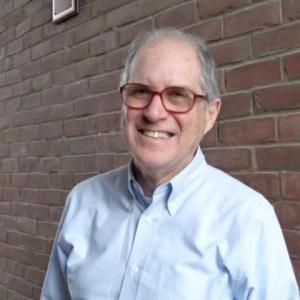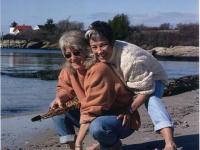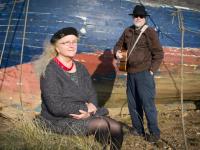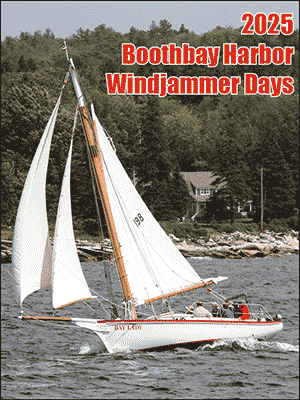Terry Pinto builds ecology with birds, trees and Rockland wastewater
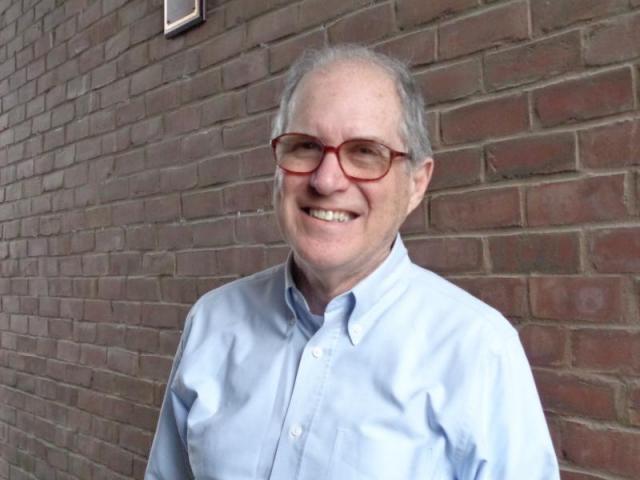 Rockland Wastewater Treatment Facility Director Terry Pinto, a man who builds ecology. (Photo by Sarah Thompson)
Rockland Wastewater Treatment Facility Director Terry Pinto, a man who builds ecology. (Photo by Sarah Thompson)
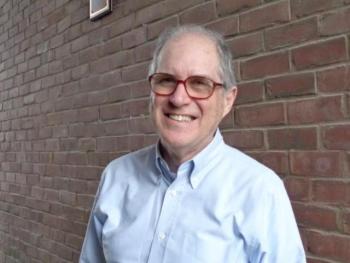 Rockland Wastewater Treatment Facility Director Terry Pinto, a man who builds ecology. (Photo by Sarah Thompson)
Rockland Wastewater Treatment Facility Director Terry Pinto, a man who builds ecology. (Photo by Sarah Thompson)
ROCKLAND — Terry Pinto protects the environment from people. This is how he describes the purpose of the wastewater treatment facility, hidden in plain sight behind Rockland's historic Main Street, as well as his own position as director of the facility.
There, Pinto has found a way to enhance the ecology of the facility, while indirectly educating the public.
Pinto creates aviaries at the treatment facilities where he works for as a way to "put lipstick on a pig." As he explains, just the thought of sewage evokes negative thoughts. So, he sought ways to relieve the discomfort.
"You can't do that with people, but you can do that with nature," he said. "When you see plants, trees, birds, or fish, it automatically tells people, 'you are OK.'"
It's working. School children calm down as they enter the facility and stop a moment, in the warm, slightly humid hallway, to watch the Button Quail, doves, and canary and weaver finches.
Rockland's bird oasis is 15 years old; yet, Pinto has no idea how many birds occupy the enclosed pen just inside the main entrance. They keep multiplying, and they are all are well tended, kept busy building nests with materials from the natural environment.
Outside, next to the large 28-foot deep holding tanks, are sheds often occupied by wild pigeons. Pinto no longer keeps an aviary at home, but as a child, he raised pigeons.
Once that peacefulness of brief bird watching settles in, Pinto shares with his audience the workings of the facility and its effect on the community. City sewer lines have existed since the late 1800s, according to Pinto. For decades, however, no actual facility existed. No one knew, long ago, that their sewer line simply emptied into the ocean.
Times have changed.
"I always like to show people what happens to what they flush down the toilet and what it takes to treat the waste to protect the environment," he said.
The waste facility has the strictest guidelines of any municipal branch, even stricter than the water department charged with providing safe drinking water to the people. And, the sewer facility is the only self-reliant branch of the municipal network in terms of resources.
For the city's first responders, if another fire truck is needed, a neighboring town receives a call. If drinking water cannot be produced, shipments of bottled products are purchased. For the sewer facility, referred to by Pinto as the last defense for the environment, there's no one to call.
"It's like a goalie in a hockey game, where all they do is keep shooting all this stuff at you, and your responsibility is to stop it and make it something that's acceptable to the environment," Pinto said.
Computer technology allows for 24-hour sensory of flow through each substation in Rockland. If a clog is recorded, alarms sound at the treatment plant. That central computer then determines which worker is on call, sending an automatic page with the necessary information.
Pinto believes the Rockland facility and its technology are worthy of a municipality far larger than the 3,200 sewer properties in Rockland it serves, along with service to Rockport, Owls Head and a small part of Thomaston.
The waste flows through various substations around the area and into a very large vat on the grounds of the Tillson Ave facility. Different strains of micro bacteria are added to the vat to break down the toxins. Treated liquids follow a 36 inch pipe that runs underground to the ocean. The remaining solid is trucked to New England Organic in Unity, where it is converted into compost.
People will flush anything, according to Pinto. All liquids, including volumes of grease from area restaurants. Prison uniforms are a problem for every municipality with a nearby prison, including this one.
A bowling ball. On one occasion, while working for a facility in New Jersey, Pinto learned of a fetus found in the sewer lines. Another occasion at the same facility, staff discovered a roll of ten $100 bills. The facility passed the money along to an area food kitchen as a donation.
At a previous facility where Pinto worked at one point during his 45-year career, he saw a shopping cart in tank. (Figure that one out.)
Sanitizing disinfectant wipes, which don't break down, are prevalent, according to Pinto.
Medications are the most daunting problem. Pharmaceuticals, from painkillers to antibiotics, are organism-altering substances that affect the environment, and the bacteria used by the facility to break down toxins in the waste.
Like the birds in the aviary, the bacteria require certain environments. If the atmosphere is compromised, the bacteria will not eat. The birds will not eat. Reproduction ceases, and the environment suffers.
Innovative? Sometimes, not so much.
Miners of yore kept canaries with them when working deep underground. If the bird keeled over and died, the miners knew to get out. Now, sophisticated detectors provide a better peace of mind.
But, consider fleece jackets. Fleece is a recycled fabric made from plastic milk jugs, according to Pinto. Millions of people wear this product, and we ought to feel good about our conservation practices, right?
But no. To make plastic into fabric, the individual fibers are shortened. Those fibers flake in the washing machine, filter through the sewer treatment process, and, too microscopic to be netted, end up in the ocean with the rest of the treated liquid.
Scientists now report a film of plastic covering the ocean floor, according to Pinto.
Fish are down there, feeding off that floor, inhaling the nonbiodegradable plastic surface. Dolphins and whales and humans eat the fish.
And, as far as Pinto knows, no one knows what to do about it. Although, scientists have been analyzing "plastic-eating" marine microbes that apparently climb aboard plastic trash and sink it to the ocean floor. Indents found on these plastic pieces have led researchers to consider that those microbes may actually be eating the plastic.
Planting a canopy
Pinto is also a tree planter. All around town are trees, an estimated 300 of them, planted quietly by Pinto since 2001. Public property, private property, downtown Main Street, all have benefitted by the rooting of Pinto's consciousness of the environment.
"Trees — that's what makes a community viable to live in," he said.
Municipal funds, donations, his own wallet. If Pinto, the conscious environmentalist, feels a tree makes a difference, a tree he will plant.
Five acres of land on Broadway once was home to the McDougal School. Pinto envisions a passive park emerging there. He sees fruit trees and nut trees, and community gardens.
This project, Pinto believes, would provide a walkable destination for neighbors, be less of a liability to the city than a building, benefit the economy, and bring the community together.
"Take care of the people in the town and people tell me everything else just happens automatically," he said.
Event Date
Address
United States

